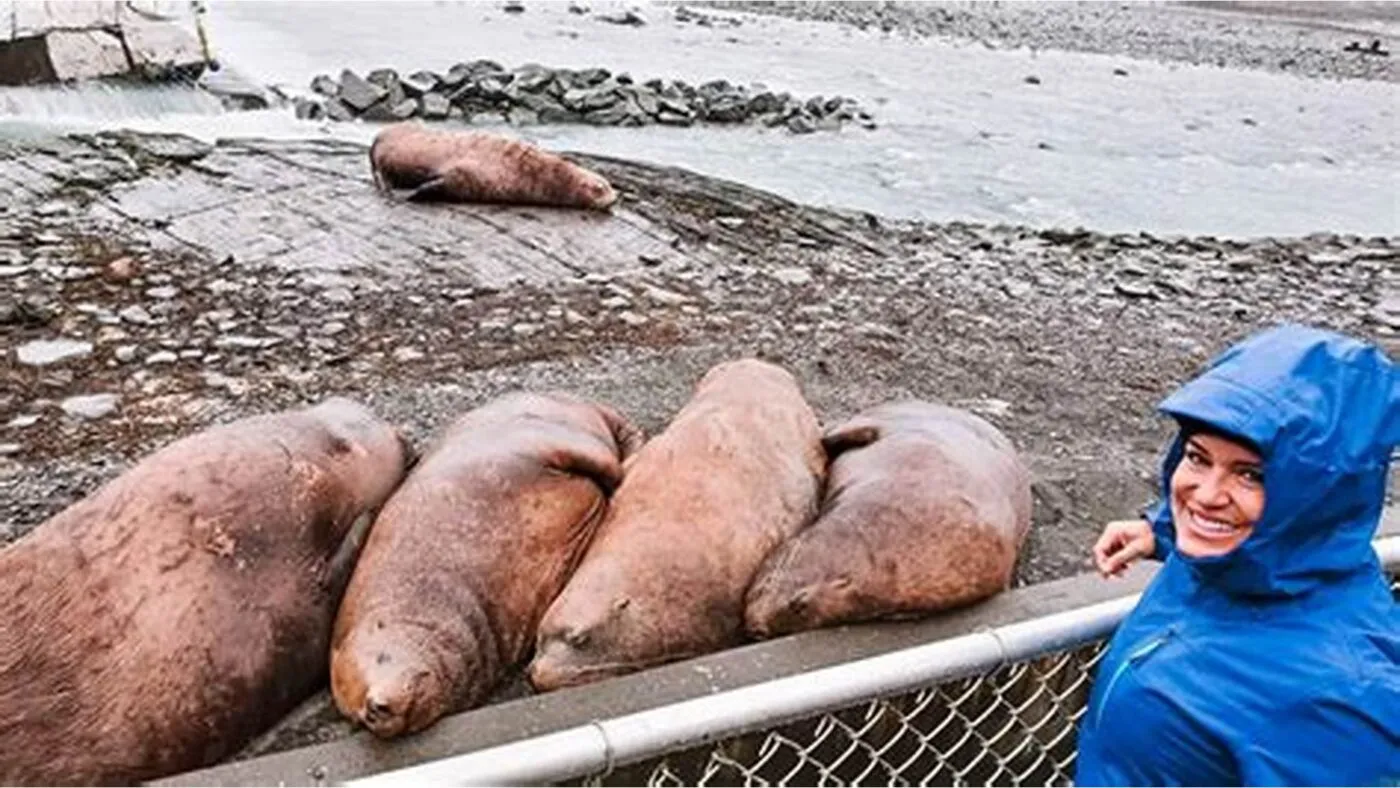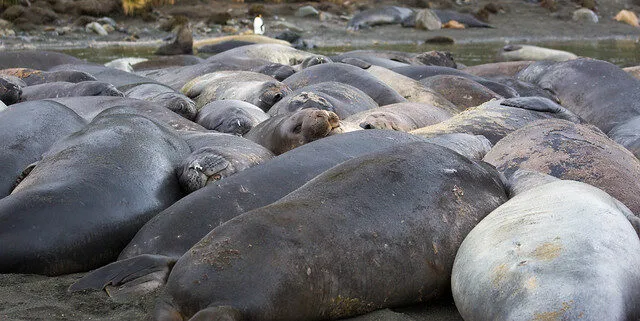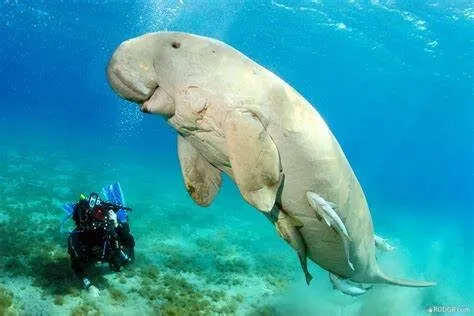Is It Too Late for Thailand’s Dugongs?
Dugongs, once revered in Southeast Asia for their gentleness, were historically hunted for their meat, tusks, and bones. In some cultures, their body parts were believed to hold magical powers. In Thailand, particularly along the Andaman coast, they were symbols of love, gentleness, and the health of the sea, often seen as protectors of the ocean. But today, these gentle creatures face a dire future, threatened by the vanishing seagrass meadows on which they depend for survival.
Seagrass meadows, once abundant in the turquoise waters of southern Thailand, are disappearing due to pollution, coastal development, and climate change. Without these vital habitats, dugongs are facing a real threat of extinction. Experts warn that, if urgent measures aren’t taken, dugongs in the Andaman Sea could vanish entirely in as little as five years.

A Fragile Species on the Brink of Extinction
Dugongs, related to manatees, live in shallow coastal waters of the Indian Ocean and Western Pacific. They are herbivores and rely exclusively on seagrass for sustenance, consuming up to 40 kilograms daily. In Thailand, about 200 to 250 dugongs remain, with most concentrated in Trang Province, where the seagrass meadows are richest.
Unfortunately, these dugongs live dangerously close to human activities, making them vulnerable to fishing nets, boat collisions, and habitat destruction. The loss of seagrass, often called the “lungs of the sea,” has been especially devastating. These underwater plants not only serve as food for dugongs but also act as carbon sinks and nurseries for marine life. In recent years, nearly half of Thailand’s seagrass reserves have been lost due to agricultural runoff, coastal construction, untreated wastewater, and climate change impacts such as rising sea temperatures and shifting currents.
The Importance of Community Action
While national conservation programs are crucial, local communities in Thailand have played a key role in protecting dugongs and their habitats. For example, on Libong Island, villagers have adopted sustainable fishing practices to reduce accidental dugong entanglements. The community also supports eco-tourism initiatives, such as dugong-spotting tours, which raise awareness and provide alternative livelihoods for fishermen.
Additionally, community-driven seagrass restoration projects in places like Trang and Rawai, Phuket, are helping to replant damaged meadows. These efforts not only aid in the survival of dugongs but also strengthen the connection between local people and the marine ecosystems they rely on.

Can the Dugongs Be Saved?
Despite the challenges, there is hope for Thailand’s dugongs. Efforts to restore seagrass habitats and reduce threats are underway. The Department of Marine and Coastal Resources (DMCR) has initiated programs to protect dugong populations, such as establishing Marine Protected Areas (MPAs) and creating monitoring systems to track dugong movements. Some areas have also been designated as seagrass restoration zones, where conservation teams are working to reseed and rehabilitate the meadows.
Technological innovations, such as unmanned aerial vehicles (UAVs), are being used to monitor dugong populations and detect illegal fishing practices. These drones provide valuable data to inform better management strategies.
Global Success Stories
Global examples provide hope and inspiration for Thailand’s dugong conservation efforts. In Australia, where the world’s largest dugong population lives, extensive MPAs and involvement of Indigenous communities have proven effective in safeguarding dugong habitats. Similarly, in Palau, a small island nation, community-led initiatives, including fishing bans and public education campaigns, have stabilized the dugong population.
Florida’s seagrass restoration programs, focused on manatees—close relatives of dugongs—have shown how reseeding degraded areas can help restore ecosystems and reduce pressure on marine species.
Why Dugongs Matter
Dugongs are much more than just a beloved marine species. They are indicators of the health of coastal ecosystems. Their presence signals thriving seagrass meadows, which are essential for marine biodiversity, local fisheries, and carbon sequestration. The loss of dugongs would not only mark the collapse of these vital ecosystems but also have profound effects on the livelihoods of coastal communities.
Protecting dugongs is therefore crucial—not just for saving one species but for safeguarding entire ecosystems and tackling broader challenges like climate change and biodiversity loss. The survival of dugongs is intertwined with the health of Thailand’s seas, and their fate depends on immediate, collective action.
Envisioning a Future for Dugongs
The disappearance of dugongs would be a tragic loss, not just for Thailand but for the entire world. However, it’s not too late to change their fate. With determination, innovation, and collaboration from local communities, Thailand’s dugongs may yet have a chance to thrive.
We can all contribute by making choices that protect the ocean—reducing plastic waste, avoiding products that harm marine ecosystems, and supporting conservation organizations working to save dugongs and their seagrass habitats. Every action counts.
Together, we can ensure that the story of the dugong is one of resilience and recovery, not loss.


